1. Accent Walls
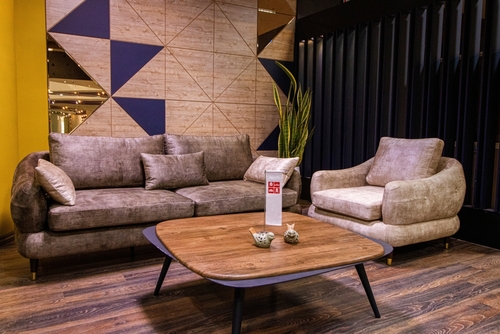
The single painted “accent wall” was once a go-to move for adding visual interest, but it now feels like a shortcut. In most cases, it makes a room look unfinished rather than dynamic. Today’s approach to color favors full commitment—painting all four walls or embracing tone-on-tone palettes. People want immersive color experiences, not just one bold patch.
Accent walls fell victim to repetition and predictability. They were supposed to show confidence, but now they just show hesitation. Designers are using wallpaper, texture, or millwork instead to create focal points. The modern statement wall feels integrated, not isolated.
2. Shiplap Walls
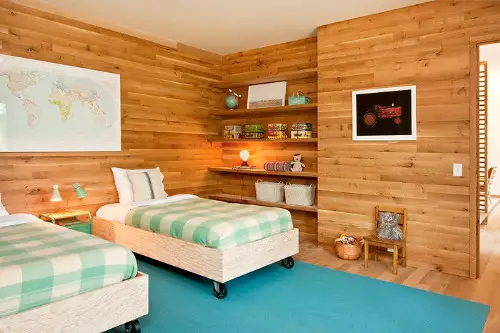
Shiplap once gave homes that perfect “modern farmhouse” warmth, but its charm has started to fade. What used to feel rustic and cozy now feels like an HGTV rerun. The clean horizontal lines have become so recognizable that they instantly timestamp a space to the late 2010s. Designers are replacing it with limewash walls, plaster finishes, or subtle wood paneling for texture without the cliché.
The problem isn’t shiplap itself—it’s how overused it became. Every fixer-upper, from bathrooms to bedrooms, got the same white boards. Today’s interiors are craving individuality, and shiplap’s uniformity doesn’t deliver that anymore. It’s officially shifting from “timeless” to “tired farmhouse trope.”
3. Gray Everything
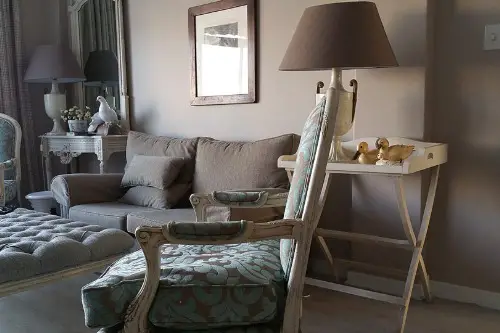
The “50 Shades of Gray” era in home design is finally over. Entire homes drenched in cool gray tones used to feel crisp and modern, but now they come off as sterile and cold. The trend wore out its welcome as people began craving warmth and personality again. Designers are swapping gray for earthy neutrals, soft taupes, and warm whites.
What happened? Gray dominated for nearly a decade because it was safe and easy to match—but too much of it drains a space’s energy. With the rise of biophilic and “organic modern” aesthetics, people want coziness and contrast. Gray isn’t gone completely, but it’s better as an accent than the main event.
4. Subway Tile Overload
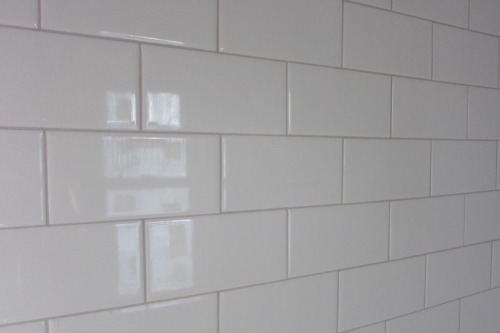
Subway tile had an amazing run—simple, versatile, and cheap—but it’s losing its shine. The endless rows of white rectangles have become the default backsplash, and now they feel more like builder-grade filler than a design statement. It’s not that subway tile is ugly—it’s just everywhere. Designers are opting for handmade tiles, zellige, or textured stone that adds dimension and character.
Subway tile became a victim of its own success. It was once classic and timeless, but mass adoption stripped it of individuality. Kitchens and bathrooms now crave personality, and custom shapes or imperfect finishes deliver that beautifully. The new timeless is about craftsmanship, not uniformity.
5. All-White Kitchens
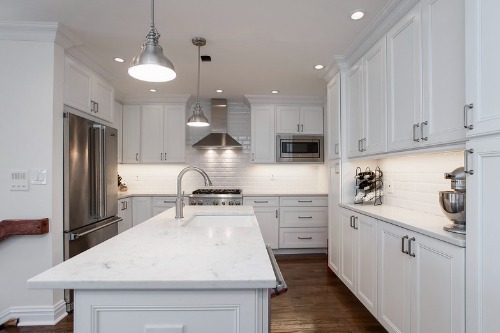
For years, the all-white kitchen symbolized luxury and cleanliness—but now it just feels flat and high-maintenance. White-on-white-on-white tends to lack warmth and doesn’t hide daily wear or messes well. With people spending more time at home, the desire for comfort has replaced the obsession with sterile minimalism. Designers are embracing wood tones, natural stone, and color-rich cabinetry.
White kitchens can still work, but they need contrast and texture to feel alive. Think warm brass fixtures, darker counters, or mixed materials for balance. The new trend is layered neutrals that feel inviting instead of icy. The age of the blindingly white kitchen is coming to a gentle close.
6. Word Art and Inspirational Signs
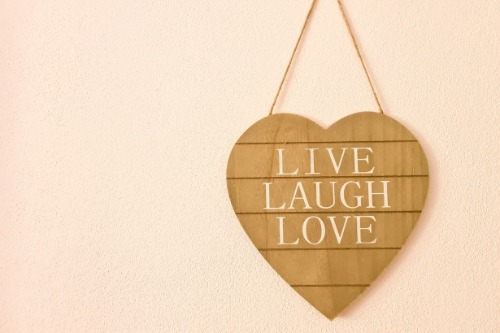
“Live, Laugh, Love” had its moment—but that moment has long passed. Once meant to feel uplifting, word art now reads as impersonal and cliché. The mass-produced typography trend stripped spaces of authenticity, replacing genuine sentiment with something overly curated. Even retailers that popularized the look are pivoting toward abstract art or textured wall pieces.
Homeowners are moving away from literal messaging and leaning into mood instead. Texture, color, and subtle symbolism feel far more personal than scripted quotes. It’s a natural evolution toward storytelling through design, not slogans. Let your walls whisper style, not shout platitudes.
7. Mid-Century Modern Overload
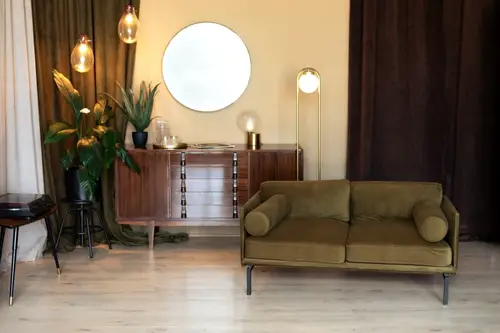
Mid-century modern is still beloved, but its near-monopoly on design is wearing thin. The clean lines, tapered legs, and walnut finishes once felt fresh but now dominate every furniture store. What was once an homage to timeless simplicity now feels like a style trap when used too literally. People are craving a mix—pairing vintage with contemporary or organic forms for balance.
The issue isn’t the style itself, but the formulaic way it’s been replicated. Every room started to look like a set from Mad Men, and that’s not the vibe most people want anymore. The new direction borrows mid-century’s restraint but adds softness, curves, and more eclectic layering. In short: keep the Eames chair, but give it a new conversation partner.
8. Industrial Chic
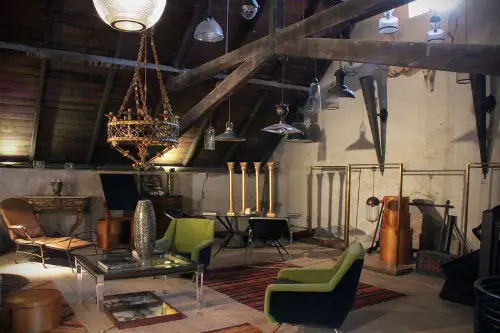
Exposed brick, Edison bulbs, and steel piping once symbolized urban sophistication—but now they’re feeling more “chain restaurant” than cutting-edge loft. The look has been replicated so much that it’s lost its authenticity. Industrial elements can still look great, but they need to be balanced with warmth and contrast. Too much metal and concrete just feels cold and unfinished.
Designers are pivoting toward “industrial soft” or “refined rustic” approaches. These styles keep the grit but add texture—like linen, wood, or greenery—to humanize the space. The key is subtlety, not theme park replication. Industrial design had attitude, but now it needs evolution.
9. Tuscan Revival
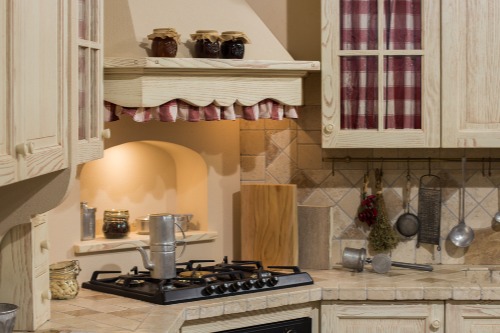
Remember those heavy granite countertops, wrought-iron chandeliers, and faux plaster walls? That early-2000s Tuscan look used to scream “old-world luxury,” but now it just screams dated. The dark color palettes and ornate finishes feel claustrophobic compared to today’s airy, natural interiors. Designers are reimagining Mediterranean style with lighter tones and organic textures.
The Tuscan trend fell out of favor because it prioritized imitation over authenticity. Instead of copying villas, the modern approach borrows their essence—sunlight, earth tones, and a relaxed rhythm. You can nod to Italy without recreating Olive Garden’s dining room. It’s about capturing the mood, not the motif.
10. Matching Furniture Sets
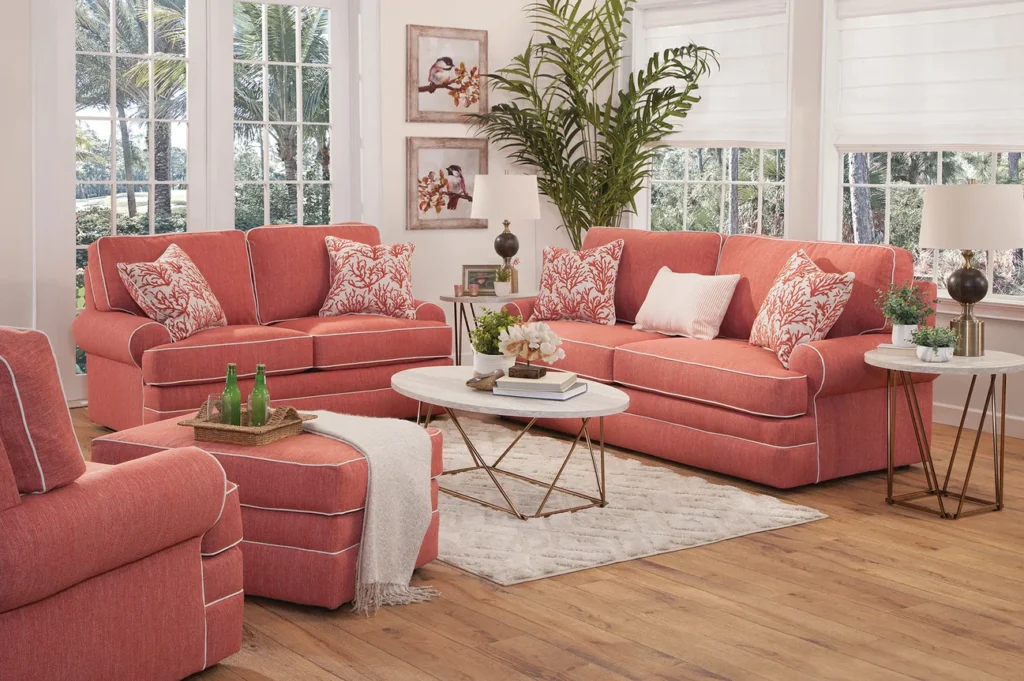
Once a hallmark of a “put-together” home, perfectly matched furniture sets now read as flat and unimaginative. Real style today is about curating, not coordinating. When everything matches, a room loses its soul and looks straight out of a catalog. Designers encourage mixing textures, eras, and materials to create a collected look.
This shift mirrors how people shop now—slowly, intentionally, and often secondhand. It’s about building a space that feels lived-in and layered over time. Even big-box stores now stage rooms with mix-and-match aesthetics. Perfect symmetry is out; personality is in.
11. Barn Doors
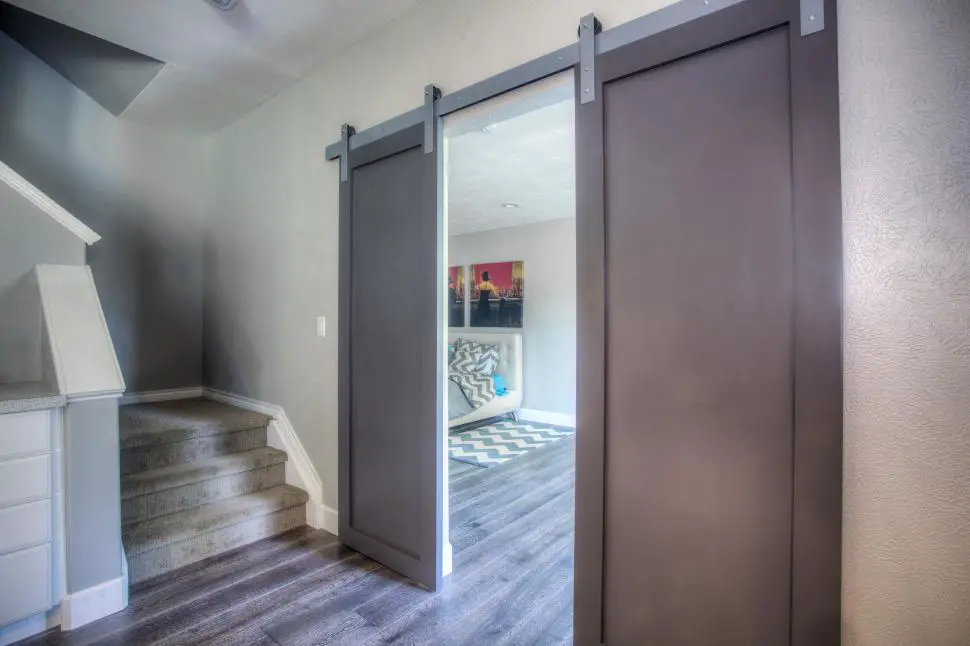
Sliding barn doors felt innovative at first—rustic charm meets space-saving practicality. But now, they’ve been installed in so many suburban homes that they’ve lost their unique appeal. Their bulky hardware and heavy wood make rooms feel thematically forced rather than genuinely cozy. Homeowners are moving toward pocket doors or clean, flush-panel doors that blend more seamlessly into the wall.
Barn doors also create privacy and sound issues, which don’t align with how people actually live. As open-concept layouts evolve, there’s a growing demand for quieter, more flexible divisions. Sleek glass partitions or soft drapery accomplish that without the country cosplay. Barn doors had a good run, but it’s time to let them roll away.
12. Minimalism Taken Too Far
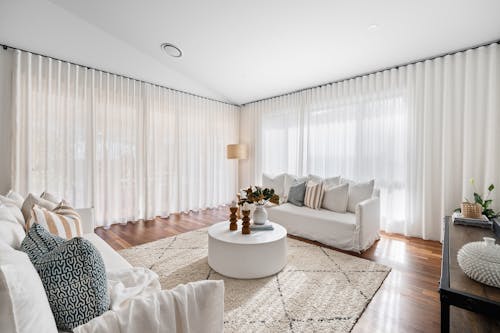
Minimalism was once the gold standard of sophistication—but when pushed to extremes, it becomes cold and joyless. Those stark white rooms with zero personality may photograph well but feel uncomfortable to live in. After years of “less is more,” homeowners are realizing that “less” can also mean “less warmth.” Enter the rise of “warm minimalism” and “quiet luxury.”
The trend now is about intention, not austerity. People are embracing softer neutrals, layered textures, and meaningful objects. It’s still simple, but it’s no longer sterile. Minimalism is evolving from empty to emotional—and thank goodness for that.
This post 12 Supposedly Timeless Styles That Are Quietly Becoming Tacky Again was first published on Greenhouse Black.
